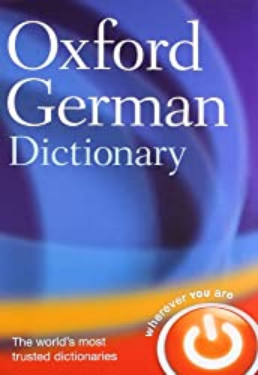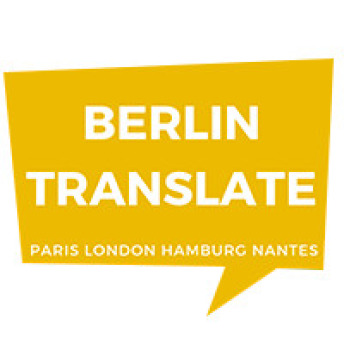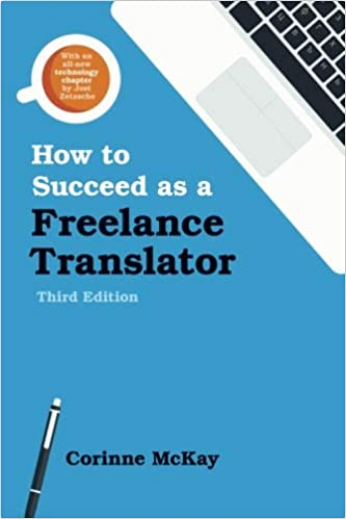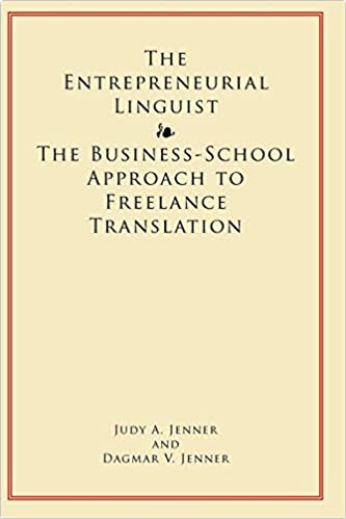- Home
- Buying Translation
- German Websites
German Websites
German website translation – top tips for for business and translation professionals
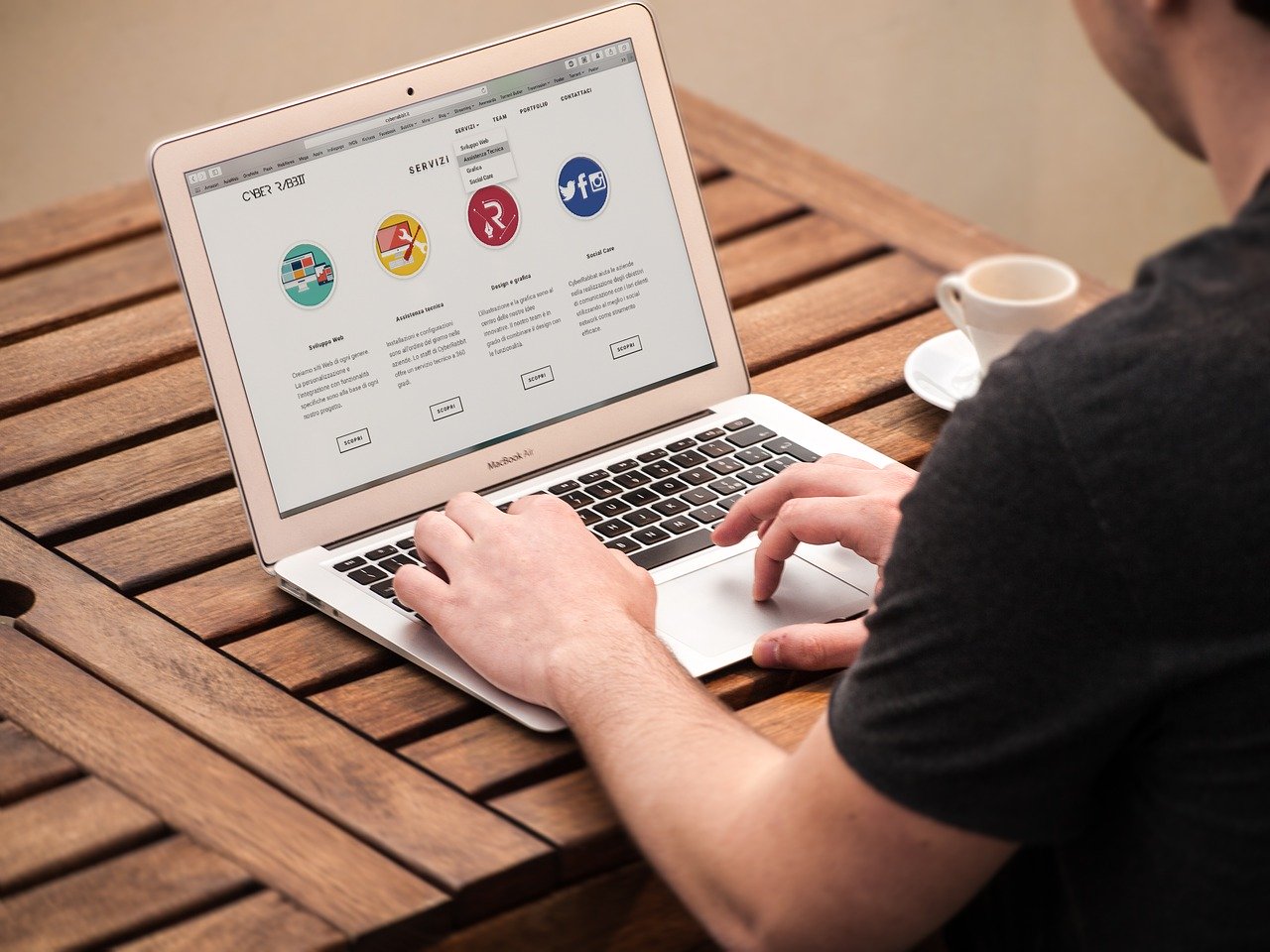
Content:
According to Internet World Stats for 2022, over 1 billion English-language users surf the Internet, compared to almost 96 million German-speakers (Germany, Austria, Switzerland). So in an ideal world, translating German websites into English increases their potential reach by around 1000%!
In our digital world, any German company or organisation wanting to sell its products or services outside its national market has to translate its German website into English.
German website translation tools
Plug “website translation” into Google and you get reams of free instant machine translation providers – Google Translate, Yahoo! Babel Fish, Worldlingo, Paralink etc. (Not used by professional translators!)
Yes, machine translation is constantly improving, but no, you certainly shouldn't risk your public image by relying on it for website translations.
Free page translator widgets
are also available. Embedded onto your website, visitors can
instantly translate your page into their own language. A nice free
add-on for small, personal sites. But that’s it.
At the top end of the scale comes human, multi-lingual website translation
– making an organisation’s products and services available to a
multinational audience.
This is what a localization (L10n) or
globalization (G11n) language provider offers, drawing on teams of
translators, project managers, content management specialists and
webmasters around the globe, to present an organisation to its best advantage in each linguistic market in which it is active. Many global enterprises have already shifted considerable proportions of their communications budgets to this area.
However, the major of German-speaking companies and organisations reaching out to an English-speaking audience will probably require a rather less complicated service – and that's where translation agencies and freelance translators come into play.
The 3 aspects of website translation.....
...are technical, linguistic, and cultural.
We take a more detailed look below:
1. Technical
German website translation involves:
- Translating the website text
- Everything else....
I’ve
found a website claiming that the actual translation process probably
only makes up 25% of the work and expense of creating and supporting a
multi-lingual website, with everything else falling under the heading of
“IT and process overheads”.
Now, for larger organisations, this
may well be the case, but smaller organisations and businesses that run
and manage their own internet presence will probably just need to outsource the actual text translation.
In-house webmasters can manage the
technicalities, including:
- Website design and infrastructure
- HTML and XML
- Hyperlinks and hypertext
- Text production and conversion
- Navigation and gateways
Website translation involves a variety of file formats.
Translators need to leave the safe confines of Microsoft Word and enter
into the worlds of HTML, PHP, ASP, CGI, XHTML, XML, Flash, Java, CSS,
and ASP etc. , all the time ensuring that the original coding remains
intact. For translators, this is where translator software, i.e. CAT tools, comes into its own.
The process of German website translation involves:
- Distributing the source language texts to translators
- Re-importing the translated files into a content management system (CMS)
- Checking for term consistency, text length etc..,
- Editing and revision
- Uploading the translated texts into the multi-lingual website
- Running website tests to check the final product
Another important aspect not to be forgotten is SEO – search engine optimization, i.e. making sure the pages on your website are built around popular keywords. They help your website get found by the search engines and pushed to the top of the listings (which is how you found this website!).
That means the English version of your German website also needs to be written around effective English keywords. This turns the process of
translation into one of transcreation - the English translation of the German keyword may not be so popular, making it necessary to select a different keyword and adjust the text accordingly.
So think about the actual work involved before commissioning German translations of your website.
2. Linguistic
A badly translated company website doesn't create confidence in the products or services the company is trying to sell. So this is certainly not an area in which any organisation should cut corners to save costs.
With our focus on German website translation, our target audience is native English-speakers in the UK, USA, Canada, Australia, NZ, etc. Plus every non-German speaker using English as their second language and/or international language of communication.
So, the translated text must be easy to understand for website visitors - wherever they come from, whatever their educational background, or level of English comprehension.
That means it needs to avoid linguistic formulations that could cause misunderstanding or even offence – sadly idioms, culturally-specific jokes, and jargon tend not to translate well.
Keep your language clear and simple, and your sentences short.
3. Cultural
The bits and bobs:
The cultural aspects of website translation includes the small details you perhaps wouldn’t immediately think of. But forget them and your website feels oh-so translated. They include:
- Measurement units: Imperial for the US v. metric for Europe (pounds or kilos, feet or centimetres, etc.)
- Number and figure conventions (e.g. German currency, swapping the commas and decimal points).
- Dates and times (e.g. November 14, 2020 = 11.14.20 in the US but 14.11.20 in Europe)
The look & feel:
Your website needs to meet the cultural and linguistic expectations of its target audience. This includes navigation, graphics, optimization, changing URLs and link addresses etc.
We call these aspects localization (L10n), which really means think about who will be reading your website. These cultural aspects will be less significant for our German-English language combination than if you were targeting a website for an Asian audience, for example.
But forgetting what your audience expects to see can still make your German translation feel like just that – a translation, rather than an original piece of text.
Staying current
Your website needs to be current, and maintaining a multilingual website can be a considerable ongoing expense for many companies. But as the first
point of reference for any potential customer, and increasingly a sales platform, investing in a well-written English version of a German website makes good business sense.
Regularly updated websites help by:
- Establishing a direct and controllable point of contact with your target audience
- Creating a channel for getting time-sensitive information & news to your customers
- Eliminating printing costs by replacing them with downloadable PDFs of publications
- Forming an interactive interface which encourages customer interaction and builds closer relationships.
- Offering digital leverage – use similar content to spread your impact across various communication channels, e.g. social media.
Translating German website news texts and company blog posts into English is increasingly forming more of my my German translation workload.
This is a win-win situation: more work for translators like me, and a dynamic online platform enabling companies and organisation to target their communications quickly and effectively.
The bottom line?
• Companies and organisations:
Think about what you really need from a website translation.
If you “only” want to offer an English version of your German website and have your own in-house webmasters and/or PR department, then you’ll be fine working closely with a single translator or a small translation agency.
Establishing an ongoing relationship with your translator/translation team means they get to know your business inside out, ensuring terminological consistency and the appropriate language for your target audience.
Larger corporations tend to outsource the management
of their internet presence to PR & communications agencies. These,
in turn, outsource the actual translation work to a translation agency –
which then passes on the translation to a freelancer such as me.
(That’s a lot of links - you might want to consider embedding a
translator slightly higher up the value chain.....!)
• Translators:
If you sell website translation services, be clear about what you can offer.
Do you just translate German into English in Word format and then hand back the results? Or are you web-savvy and at feel home working in a variety of file formats? Can you market yourself as a specialist website translator, or combine your translation and webmaster services?
Website translation must be one of the fastest growing translation sectors, and a specialism is always a good thing...
So whether you're looking to purchase or sell website translation services, I hope this article on translating German websites has provided a little food for thought.
- Home
- Buying Translation
- German Websites

Joanna Scudamore-Trezek
I'm a German to English translator living and working in Vienna, Austria. I turn German texts into clear and accessible English, allowing clients to present their stories, ideas and information to a completely new audience. My business and marketing clients rely on me to get their message across clearly and effectively. How can I help you today?






